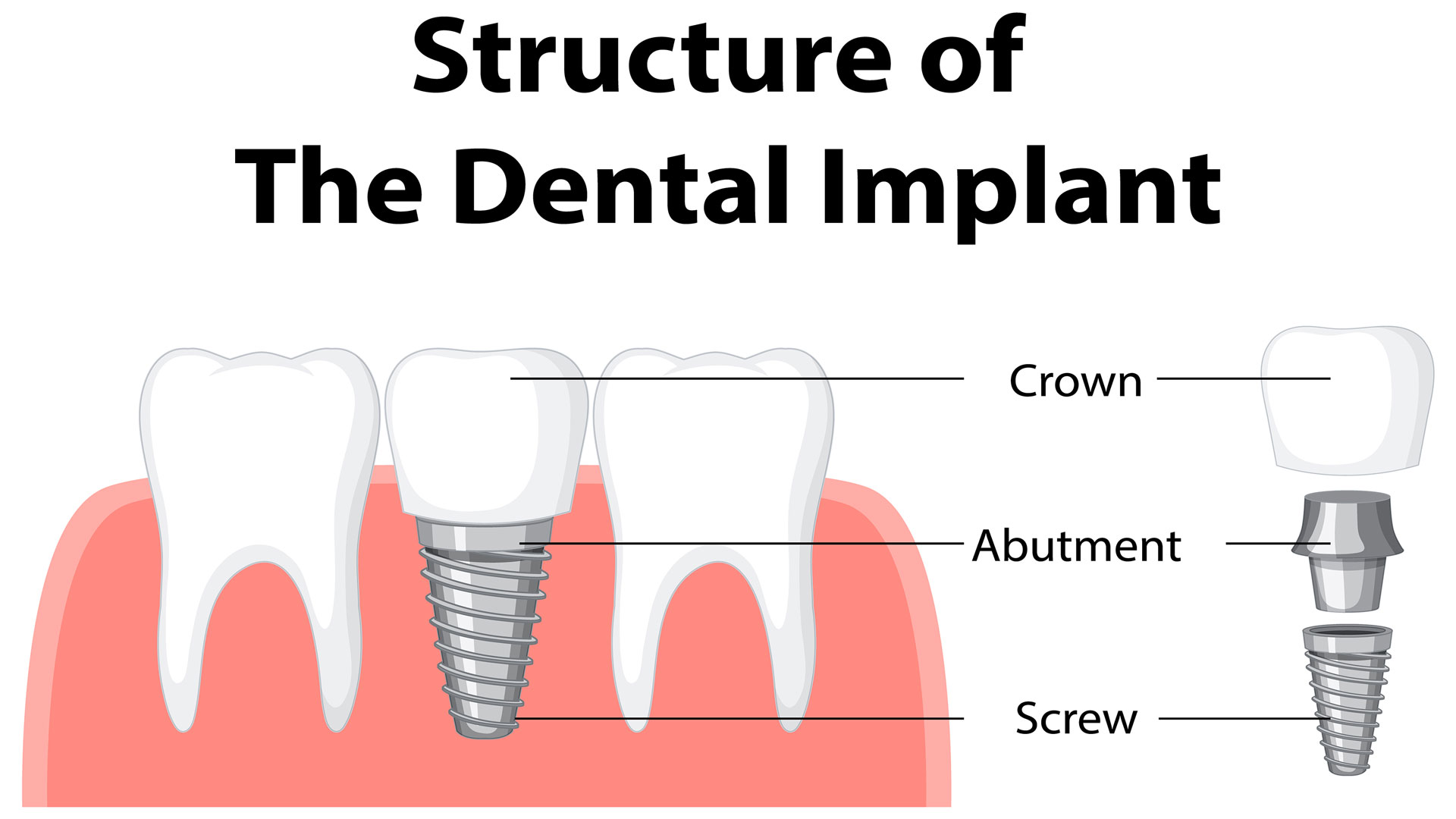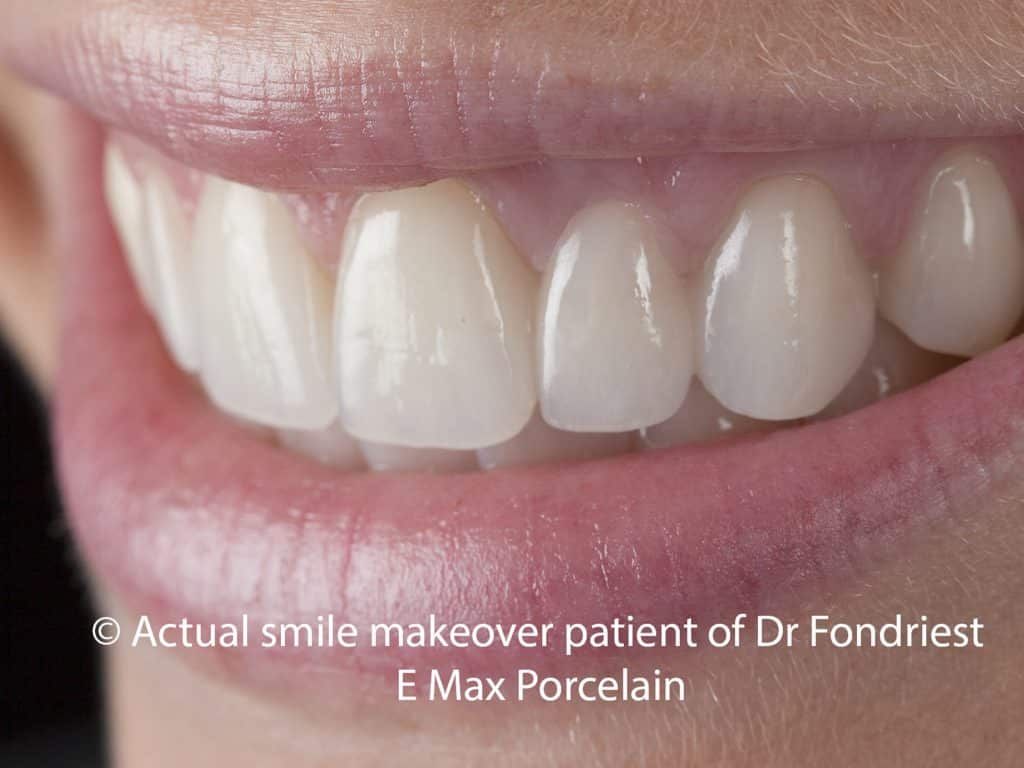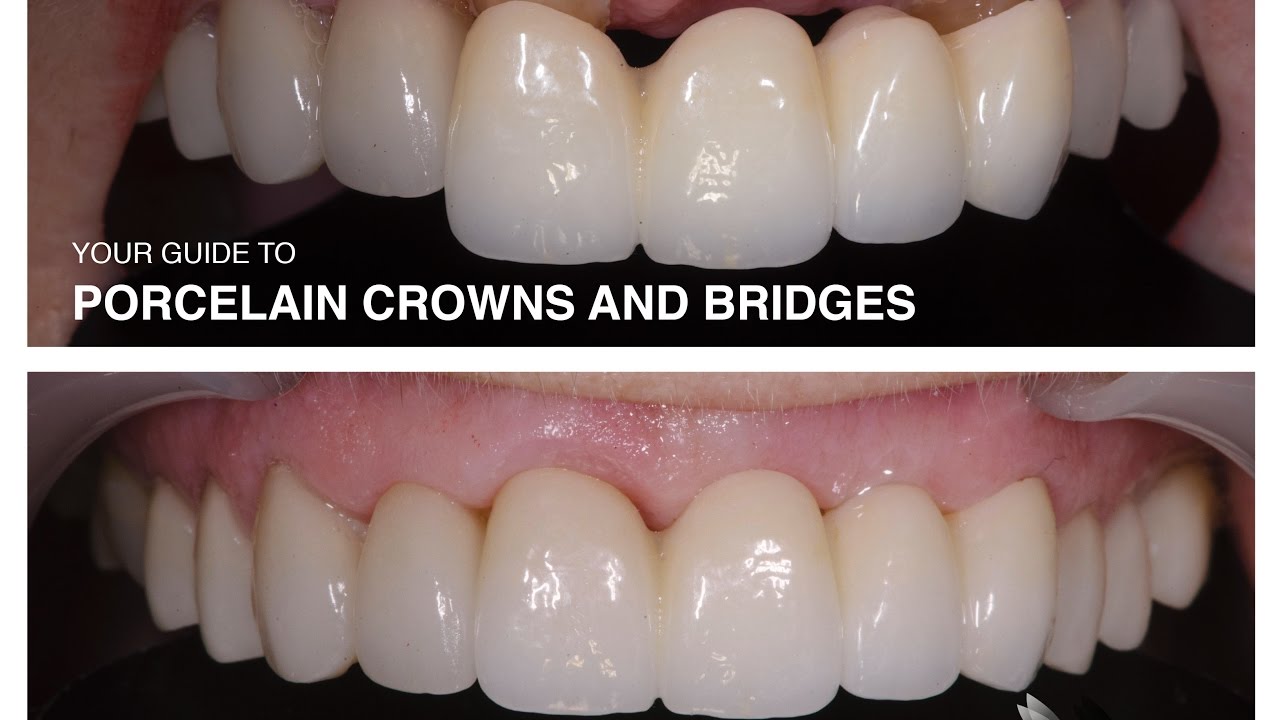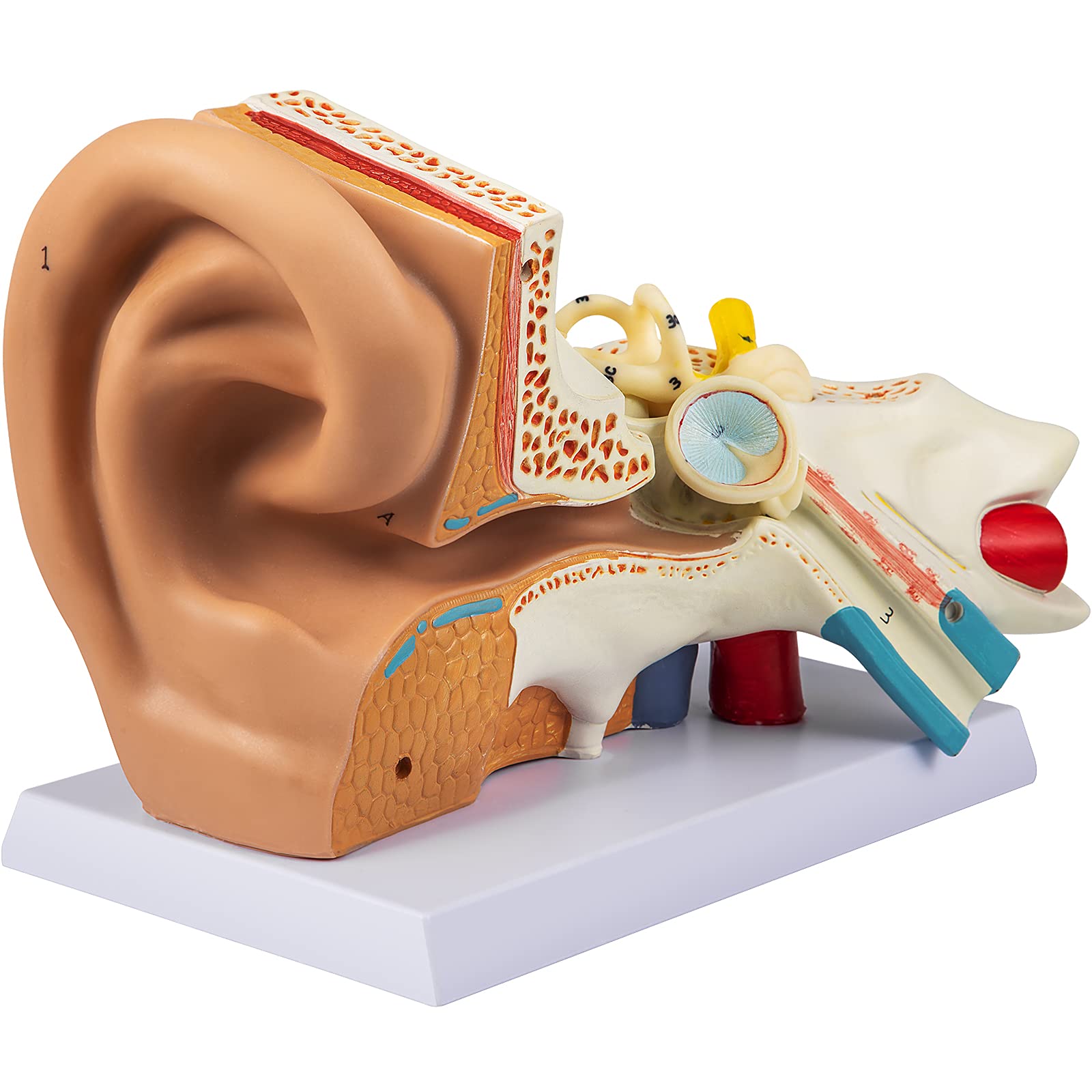How To Get Dental Bridges For Front Teeth? Restore Confidence

The quest for a perfect smile can be a lifelong journey, and one of the most significant obstacles to achieving it is missing front teeth. Not only can this affect one’s self-esteem, but it can also impact daily activities such as eating and speaking. Fortunately, dental bridges offer a viable solution for restoring the functionality and aesthetics of one’s smile. In this article, we will delve into the world of dental bridges for front teeth, exploring the different types, the process of getting them, and what to expect from this life-changing dental procedure.
Understanding Dental Bridges

A dental bridge is a fixed appliance that replaces one or more missing teeth by anchoring artificial teeth to adjacent natural teeth. There are several types of dental bridges, including traditional, cantilever, and Maryland (or resin-bonded) bridges. For front teeth, the most commonly used types are traditional and Maryland bridges due to their durability and aesthetic appeal.
Traditional Bridges
Traditional bridges are the most popular type and involve creating a crown for the tooth on either side of the missing tooth, with the artificial tooth (pontic) suspended between them. This type of bridge is highly durable and can last for over a decade with proper care. However, it requires significant preparation of the adjacent teeth, which can be a drawback for some patients.
Maryland Bridges
Maryland bridges, on the other hand, are more conservative and are ideal for front teeth due to their aesthetic requirements. They are attached to the back of adjacent teeth using metal wings and do not require significant tooth preparation. This makes them less invasive compared to traditional bridges. However, they might not be as durable and can be more prone to debonding.
The Process of Getting Dental Bridges

The process of getting dental bridges for front teeth involves several steps and typically requires multiple visits to the dentist.
Consultation and Planning: The journey begins with a consultation with a dentist or prosthodontist to discuss options and create a personalized treatment plan. This stage is crucial for determining the best type of bridge and for taking impressions of the teeth.
Preparation of Teeth: For traditional bridges, the next step involves preparing the adjacent teeth by removing enamel to make room for the crowns. If a Maryland bridge is chosen, this step is minimized or avoided altogether.
Impressions and Temporary Bridge: Impressions of the prepared teeth are taken and sent to a dental laboratory to create the bridge. In the meantime, a temporary bridge is placed to protect the exposed teeth and gums.
Fitting the Bridge: Once the bridge is ready, the patient returns for a fitting. The dentist will check the bridge for the right fit, ensuring it feels comfortable and looks natural.
Adjustments and Cementation: Any necessary adjustments are made, and then the bridge is cemented into place. For some bridges, especially resin-bonded ones, a different attachment method might be used.
What to Expect
The entire process, from initial consultation to the final cementation of the bridge, can take several weeks to a couple of months. It’s essential to maintain good oral hygiene and attend follow-up appointments to ensure the bridge lasts as long as possible.
Benefits
Dental bridges offer several benefits: - Restored Smile: They fill the gap left by missing teeth, enhancing the appearance of one’s smile. - Improved Speech: Missing front teeth can affect speech; bridges help restore clear and confident communication. - Easier Eating: Bridges enable a more efficient chewing process, allowing for a wider variety of food choices. - Prevention of Teeth Shifting: By filling the gap, bridges prevent adjacent teeth from shifting, which can lead to more severe dental issues.
Maintenance and Longevity
To extend the life of a dental bridge, regular brushing, flossing (using a floss threader to clean around the bridge), and dental check-ups are crucial. With proper care, a dental bridge can last for many years.
Addressing Concerns
Patients often have several concerns when considering dental bridges: - Cost: The cost of dental bridges can vary significantly depending on the type, location, and dentist. However, they are generally considered a worthwhile investment for the aesthetic and functional benefits they provide. - Insurance Coverage: Many dental insurance plans cover bridges, but the extent of coverage can vary. - Sensitivity: Some patients might experience sensitivity during or after the procedure. This is usually temporary and can be managed with desensitizing toothpaste or other treatments.
Conclusion

Dental bridges for front teeth are a highly effective way to restore not just the functionality of one’s mouth but also confidence in one’s smile. By understanding the different types of bridges, the process of getting them, and what to expect, individuals can make informed decisions about their dental health. Whether it’s to correct a long-standing issue or to address a recent loss, dental bridges offer a reliable and aesthetically pleasing solution.
How long does it take to get used to a dental bridge?
+Most patients find that it takes a few days to a couple of weeks to get fully accustomed to a new dental bridge. During this time, it's normal to experience some sensitivity or slight discomfort, but this typically subsides as you get used to the new appliance.
Can dental bridges be whitened?
+Dental bridges themselves cannot be whitened, as they are made from materials that do not respond to whitening treatments. However, the surrounding natural teeth can be whitened, which may require adjusting the bridge to match the new shade of the teeth.
How do I care for my dental bridge?
+Caring for a dental bridge involves regular brushing with a fluoride toothpaste, flossing (using a floss threader), and attending regular dental check-ups. It's also important to avoid using the bridge as a tool (e.g., opening packages) and to eat a balanced diet that is easy on the bridge.
In the end, the journey to restoring one’s smile is a personal and meaningful one. With the right information and support, individuals can navigate the process of getting dental bridges for front teeth with confidence, looking forward to a brighter, healthier smile.

